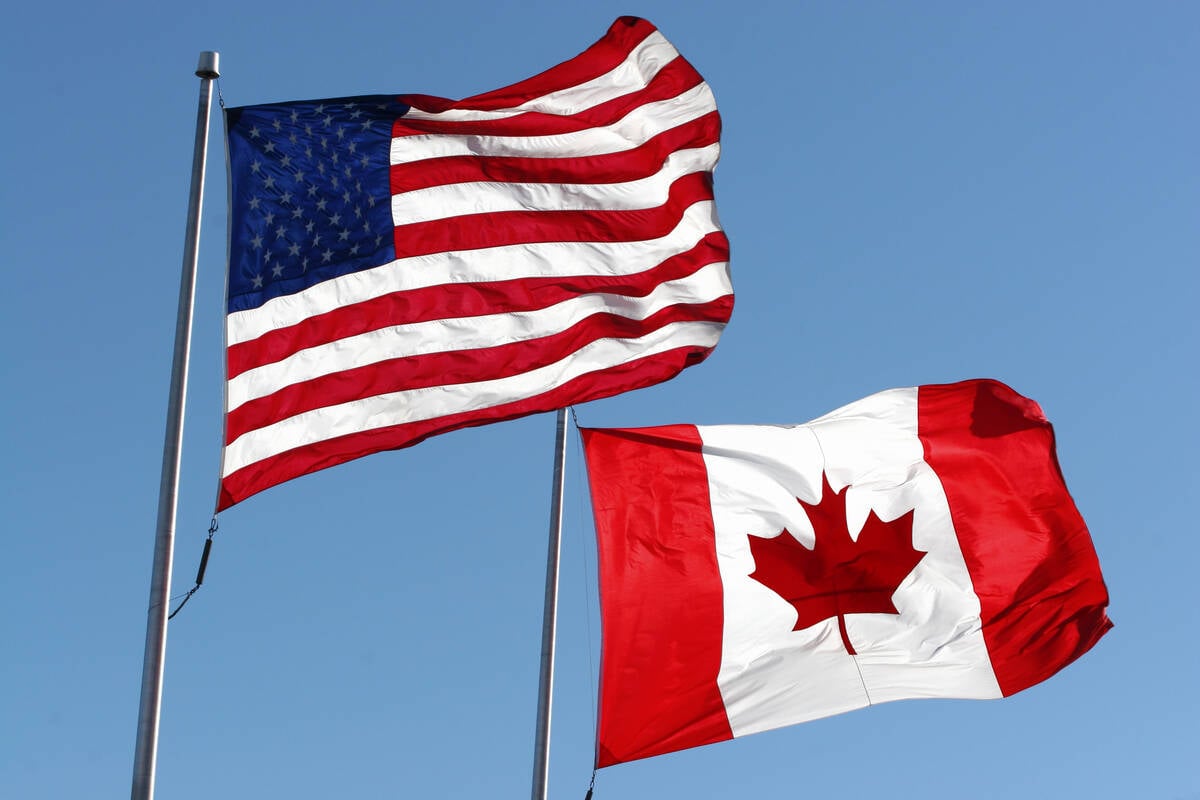Attempts by Canada’s top durum customer to end imports of the crop have fallen short of the mark.
Algeria has stated that it will become self-sufficient in durum production by 2019.
The government hopes to achieve that goal by boosting the amount of land under irrigation to five million acres.
Algeria’s agriculture department is paying for half the cost of irrigation equipment and supporting the increased use of fertilizer, certified seed, specialized equipment and new silos, according to a report by the U.S. Department of Agriculture.
Read Also

Trump cuts off trade talks with Canada
UPDATED: October 24, 2025 – 0910 CST – Adds comments from Prime Minister Mark Carney. Reuters — U.S. President Donald…
The North African country was the top market for Canadian durum in calendar year 2016, buying 944,965 tonnes of the crop for $343 million. It beat out Italy, which had been the top buyer the previous two years.
“It’s concerning just because they’re such a large part of our exports,” said Bruce Burnett, director of markets and weather for Glacier FarmMedia.
Burnett said it is conceivable that Algeria could achieve self-sufficiency, but he doubts it would happen within the next two years. It will be an expensive proposition for a country suffering from reduced oil revenues.
The policy does not seem to be having the desired effect. Total durum imports are up in the 2016-17 marketing year.
Algeria is again the top destination for Canadian durum, buying 636,890 tonnes through the first seven months of the marketing year. That represents 28 percent of Canada’s exports and is down only slightly from the 688,300 tonnes shipped during the same period a year ago.
“Really, it hasn’t had a material impact yet,” said Burnett.
However, Canada would lose more than one-quarter of its durum market if Algeria was eventually successful in its attempt to become self-sufficient.
“If they withdraw from the market because they’re producing it internally, well then, that does make a big difference,” he said.
“We would reduce our durum production in Western Canada under that circumstance.”
This isn’t the first time Algeria has attempted self-sufficiency. The government made a similar announcement in 2010.
Back then the government set a target of cutting durum and wheat imports by at least two-thirds by 2014 by boosting domestic production.
The government said it would provide its farmers with subsidies of US$2.7 billion per year to make that happen.
It didn’t happen. Algeria imported 7.26 million tonnes of wheat and durum in 2014-15, which was quite a bit more than the 6.3 million tonnes it imported the year the self-sufficiency policy was announced.
Tunisia is another North African country pursuing self-sufficiency. The government has set a goal for 1.5 million tonnes of durum production, up from an estimated one million tonnes in 2017-18, according to the USDA.
It is using many of the same techniques to achieve that goal as Algeria in addition to setting a guaranteed farm price for the crop.
Tunisia was the ninth largest importer of Canadian durum in 2016, buying 98,900 tonnes worth $41 million.
For the time being, all North African countries are expected to continue being large importers of durum.
Burnett said Morocco’s crop is off to a good start after a drought in 2016-17 caused durum production to plummet to 874,985 tonnes, a 64 percent decline from the previous year.
“They had more timely rains through their wet season,” he said.
The USDA is forecasting a 53 percent increase in production this year to 1.66 million tonnes. However, the crop is behind schedule due to late seeding and could be confronted by yield-robbing high temperatures during grain fill.
The crop looks good in western Algeria, but the eastern part of the country is dry and requires rain soon.
Burnett expects normal demand from Morocco, which is Canada’s third largest durum customer, and increased demand from Algeria.
He said the global durum market is not only focused on production prospects around the world but also quality.
“Although there’s a lot of supplies in Canada and even in the (European Union), the quality aspects are a bit concerning,” said Burnett.















